a beginner’s guide to






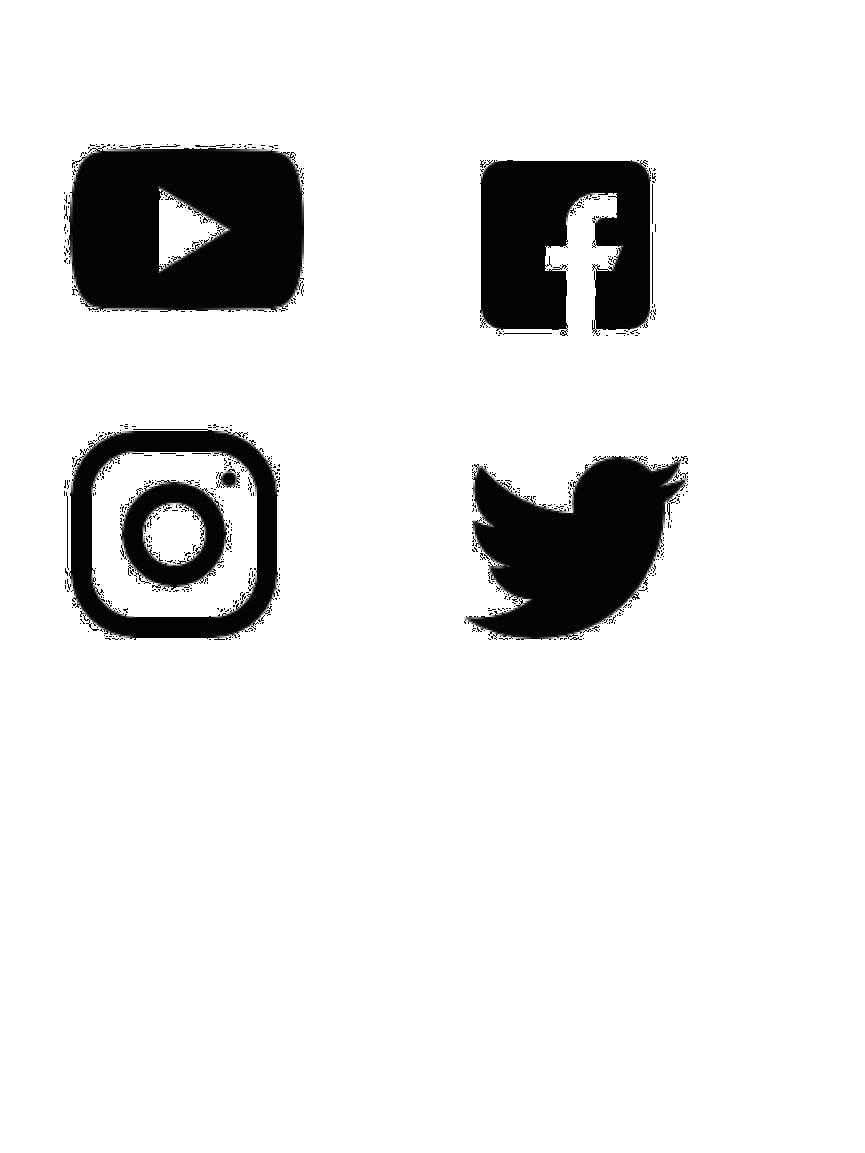
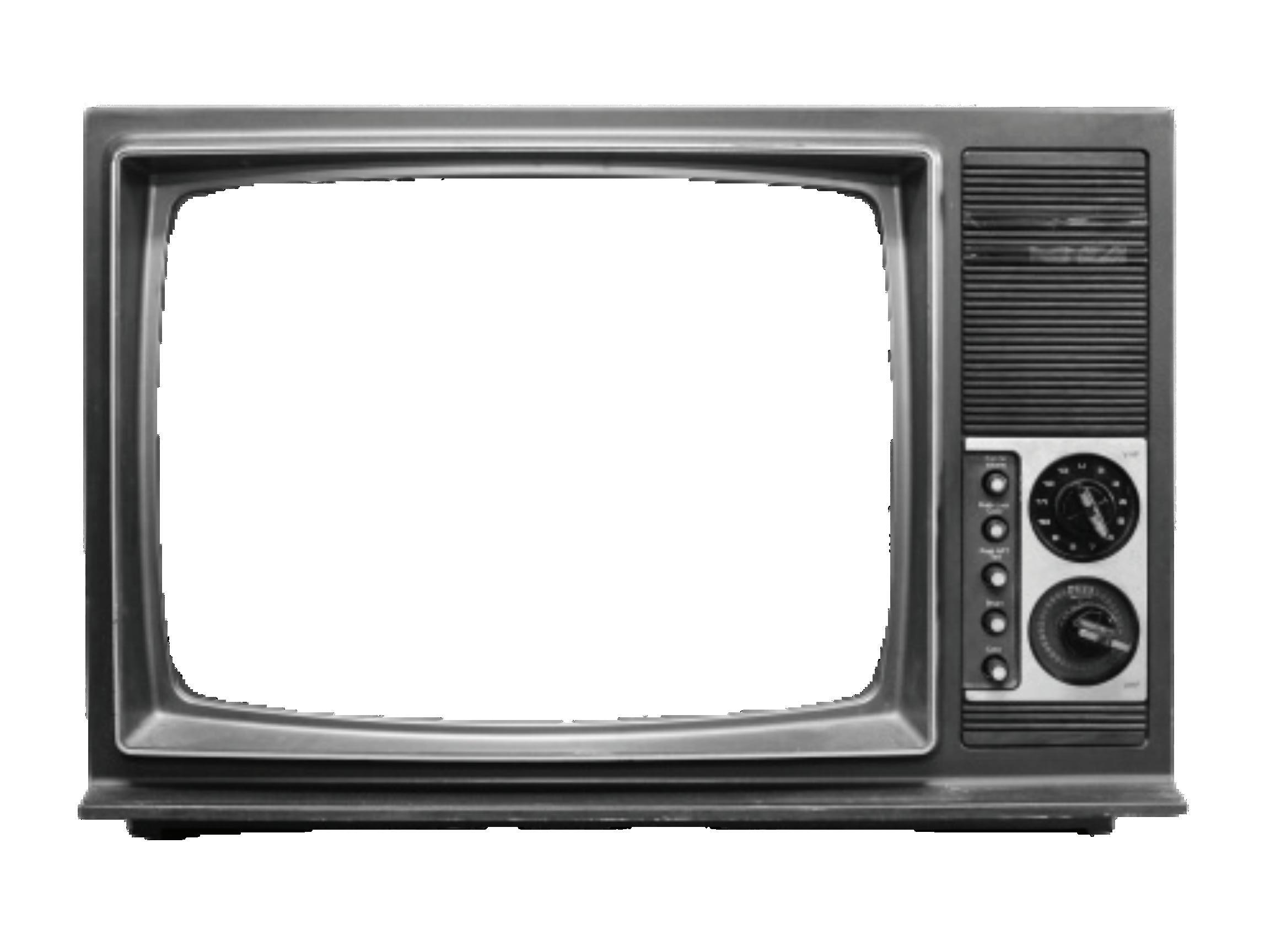

Any media we consume can be approached with a critical lens. That includes books, TV shows, movies, articles, advertisements, and even messages that we receive casually from friends and family.
All media is created to send a message and influence its audience, and it’s our responsibility as citizens, activists, and especially feminists to analyze those messages critically.
You might have been taught media literacy without knowing it. Maybe you had teachers in grade school or high school insist that .gov websites are more trustworthy than .com websites. Or maybe you had english classes where you researched different authors to find out how their lives impact the stories they’re telling.


From the second our senses begin to develop, we’re being sent messages about the world around us.



Any channel of communication including art, news, educational content, social media posts and more.
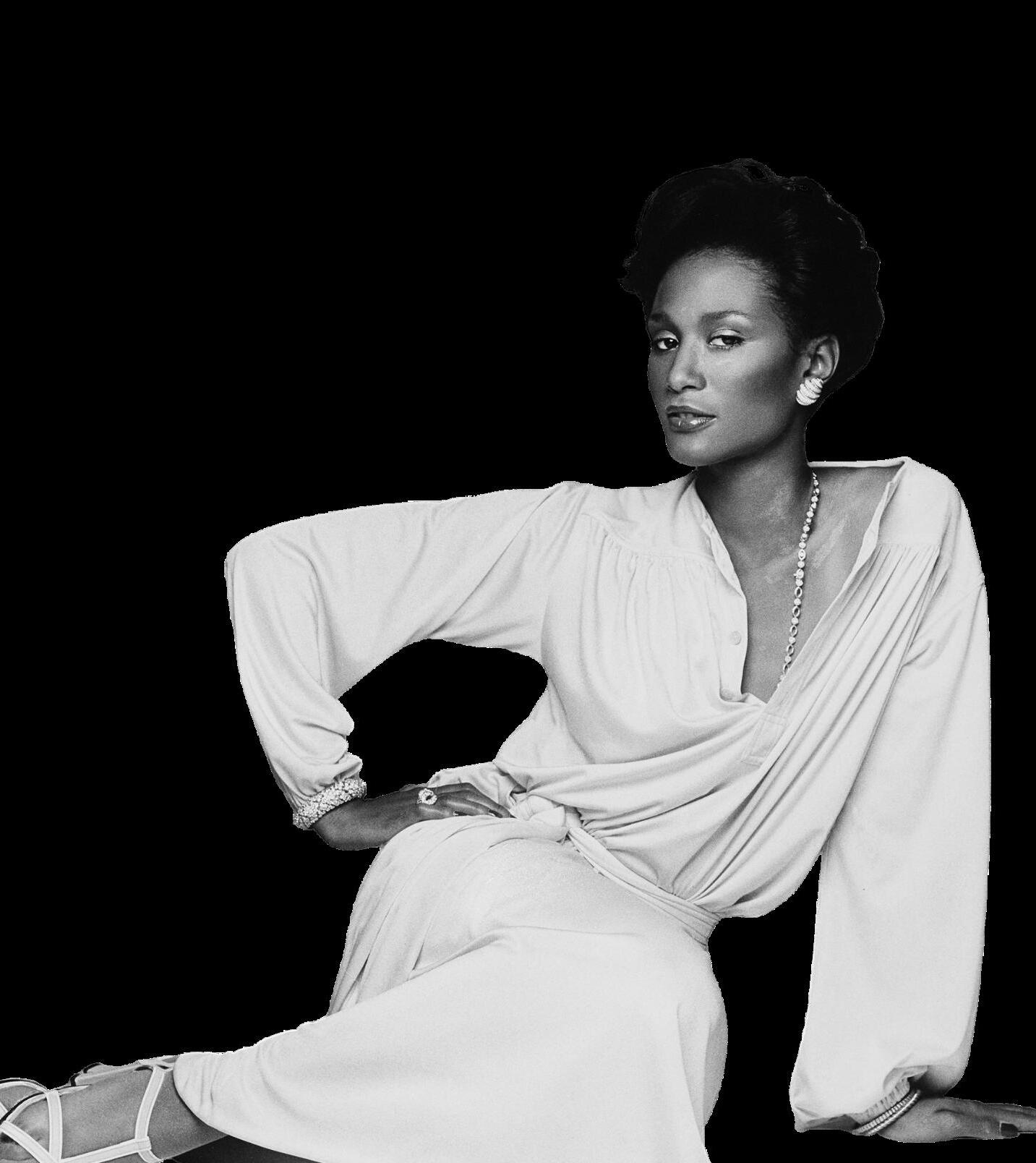

Competence or knowledge in a specified area.
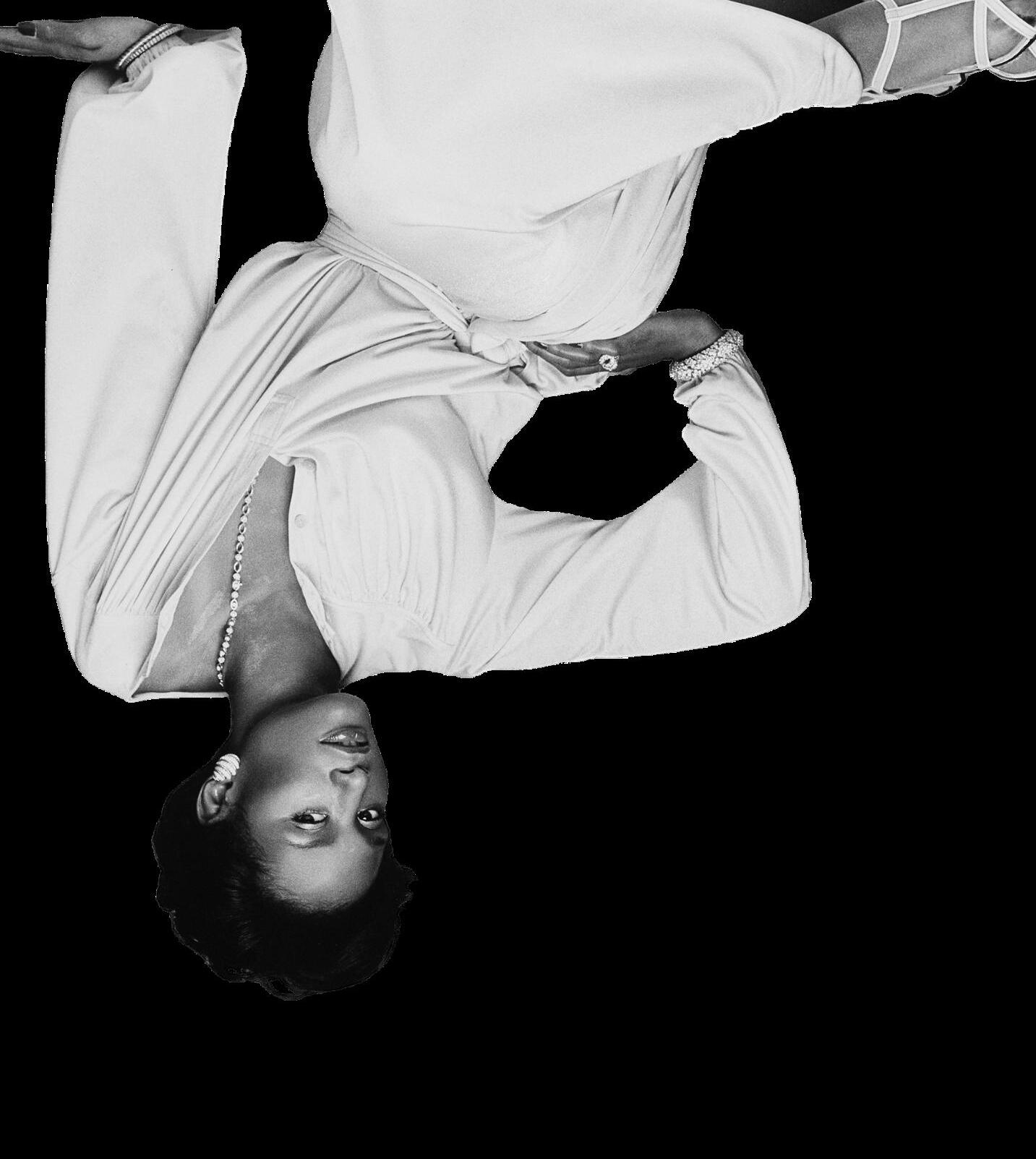


A popular 1992 definition that we got kind of close to defines Media Literacy as “the ability to access, analyze, evaluate and create media in a variety of forms.”1
But, just like media has changed throughout the years, so should our definition of media literacy.
People are able to create, share, and access media now faster than ever, so some people have started using the term critical media literacy to better understand how media literacy applies to modern day media creation and consumption.


“engage with media through critically examining representations, systems, structures, ideologies, and power dynamics that shape and reproduce culture and society.”2


You’ve might have heard of

but have you heard of misinformation or disinformation?
Critical media literacy is the best way to protect yourself and others from both.

“It’s no longer particularly helpful to say we should try to judge whether information looks plausible before sharing it. The truth is, very often it looks just fine.”
“It’s no longer particularly helpful to say we should try to judge whether information looks plausible before sharing it. The truth is, very often it looks just fine.”
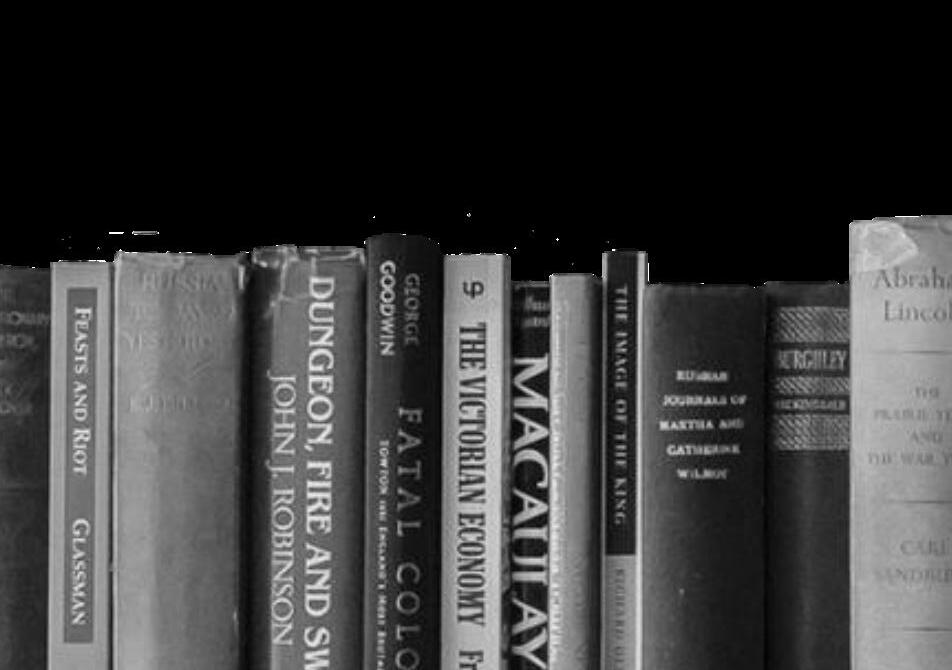
False or inaccurate information that is not intended to harm or mislead
- Incorrect captions
- Typos
- Incorrect dates
- Satire mistaken for real information
- Misleading headlines
- Mistranslations (consider how a translation of media rarely, if ever, matches up perfectly with the original text)
False information that is intended to harm and mislead

- Conspiracy theories or rumors designed to cause harm
- Deepfakes*
- The intentional witholding of details so media consumers jump to conclusions
Misinformation and disinformation often reach us disguised as trustworthy or truthful which makes them easy to share...

“‘Anightoffire andfuryacross protestsAmericaasintensify’
‘Appealsforcalmprotestsassprawlingthreaten tospiraloutof control’”4
These headlines are not blatant lies, but they focus on the violence of the protests and fail to acknowledge where the violence is coming from or why.
News outlets sometimes approach headlines (or social media posts) passively:
“Pepper spray caused a short stampede in Lafayette Park during a peaceful march
- tweet from WUSA, the Washington, D.C.

Is this tweet a lie? No.
But it is implying that the pepper spray was acting of its own accord and avoids naming who was wielding pepper spray at peaceful marchers.
It’s not uncommon to see the same passivity shows up frequently as the euphemism “officerinvolved shooting” when someone has been shot by a police officer: a phrase that comes from the Department of Justice Media Relations guide and is used to project blame away from police officers who have shot someone.*

from the Washington Post
Step
Emotion is the main tool used to manipulate us - we are not very skeptical when our emotions are heightened.
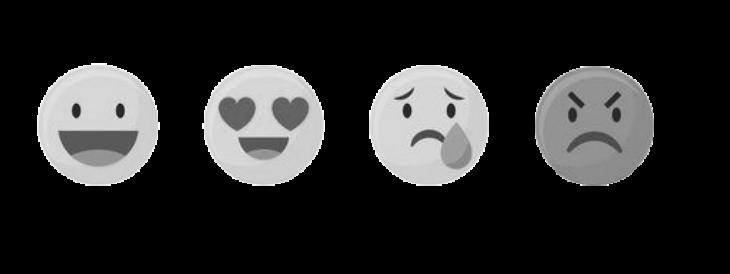
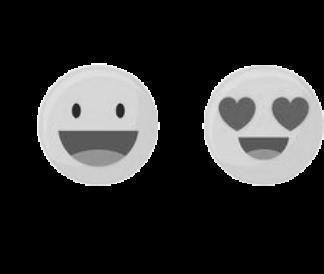


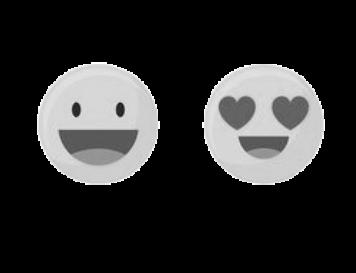
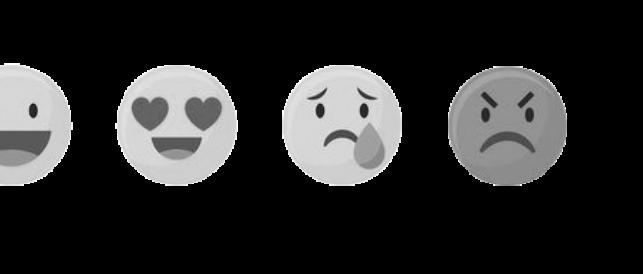
Ask yourself: Do I really know enough to share this?
Step 2: Check the source!
Even if it was reshared by friends or family and even if the source has a legitimate-sounding name
1: Apply the brakes!Instead of digging deep into the information at hand, look across the Internet for other sources.
Re-sharing the original with a comment can sometimes help to amplify the original source. A better idea, is to take a screen shot of the image or video, and then draw a red X through it and share that with a comment letting people know that it’s incorrect or misleading information.
If you’re commenting on someone else’s post, just remember most people do not like being corrected.
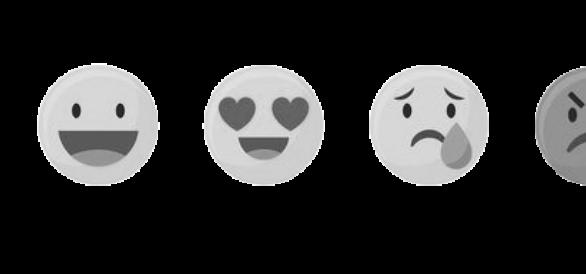

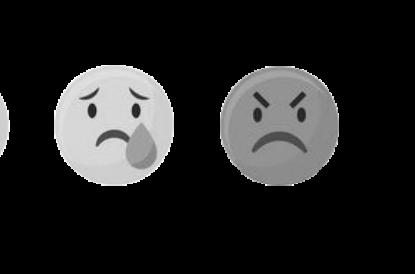
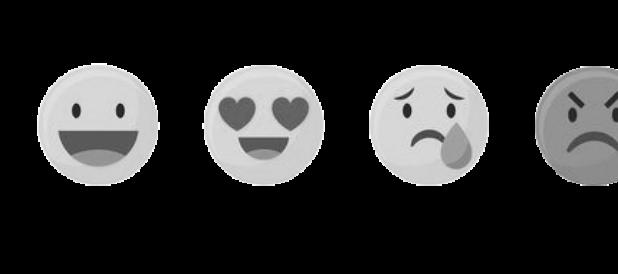
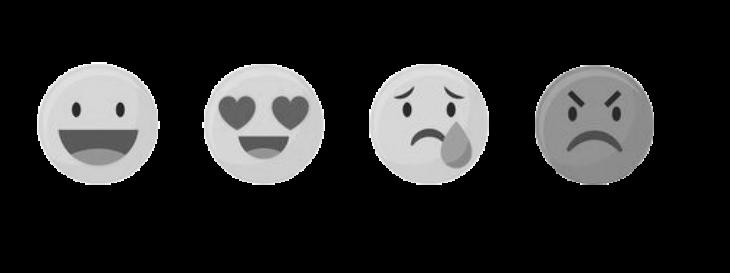
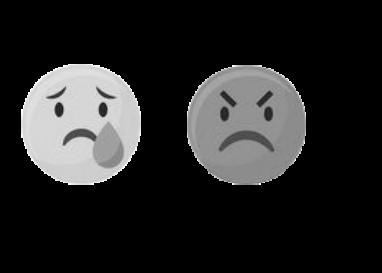
We couldn’t possibly outline


keyHerearesome questions6to askyourselfabout themediayou’re consuming:
Who created this message?

Remember: all messages are constructed with a specific message in mind.
What creative techniques are used to attract my attention?
Remember: media messages are constructed using a creative langage with their own rules
How might different people understand this message differently from me?
Remember: different people experience the same media messages differently
What identities, values and points of view are represented in (or omitted from) this message?

Remember: Media have embedded values and points of view (sometimes intentionally, sometimes not)
Why was this message sent? Who benefits from this message and the way it’s framed?
Remember: Most media messages are organized to gain profit and/or power
Questions to ask yourself about the global creation and consumption of media:

Who has the power to create and disseminate media products?

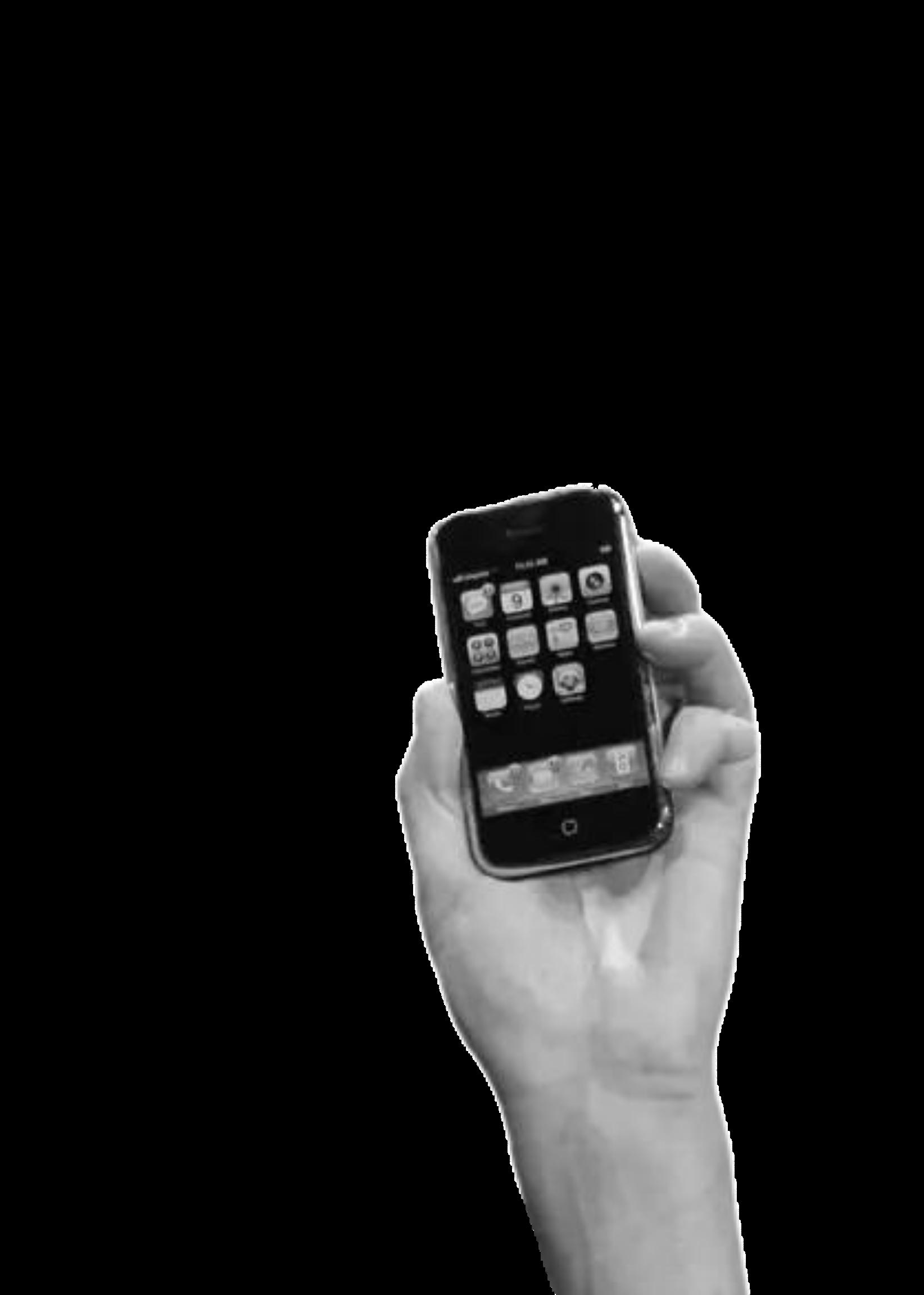
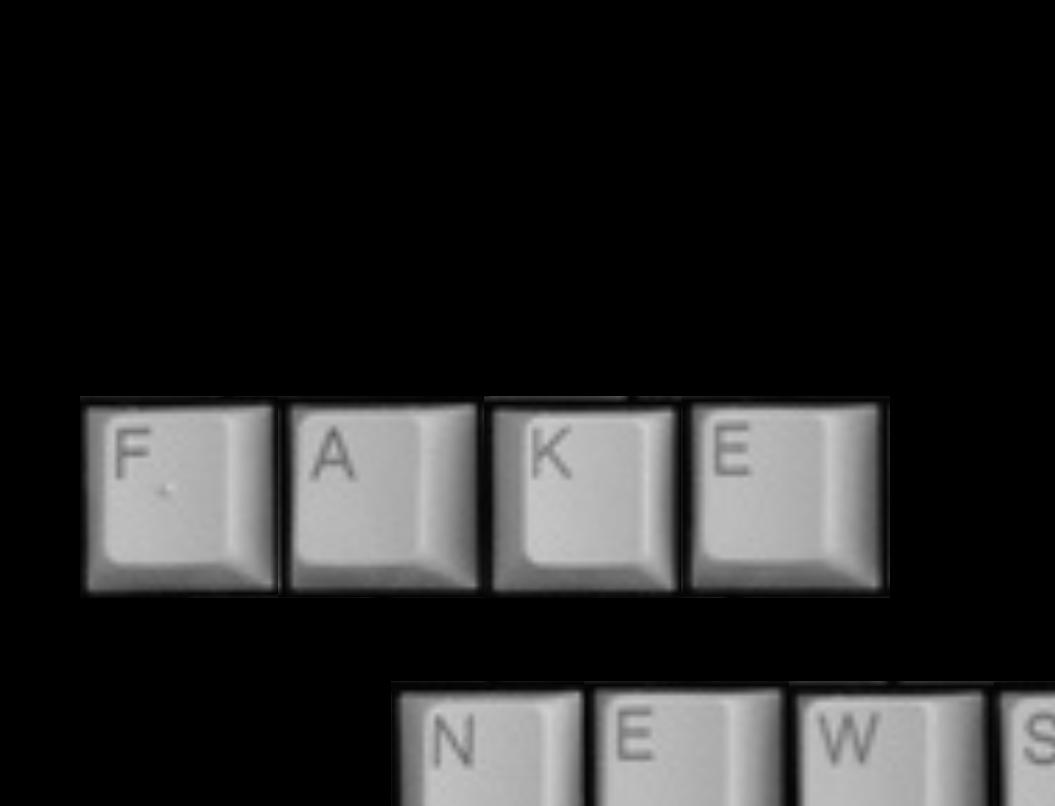
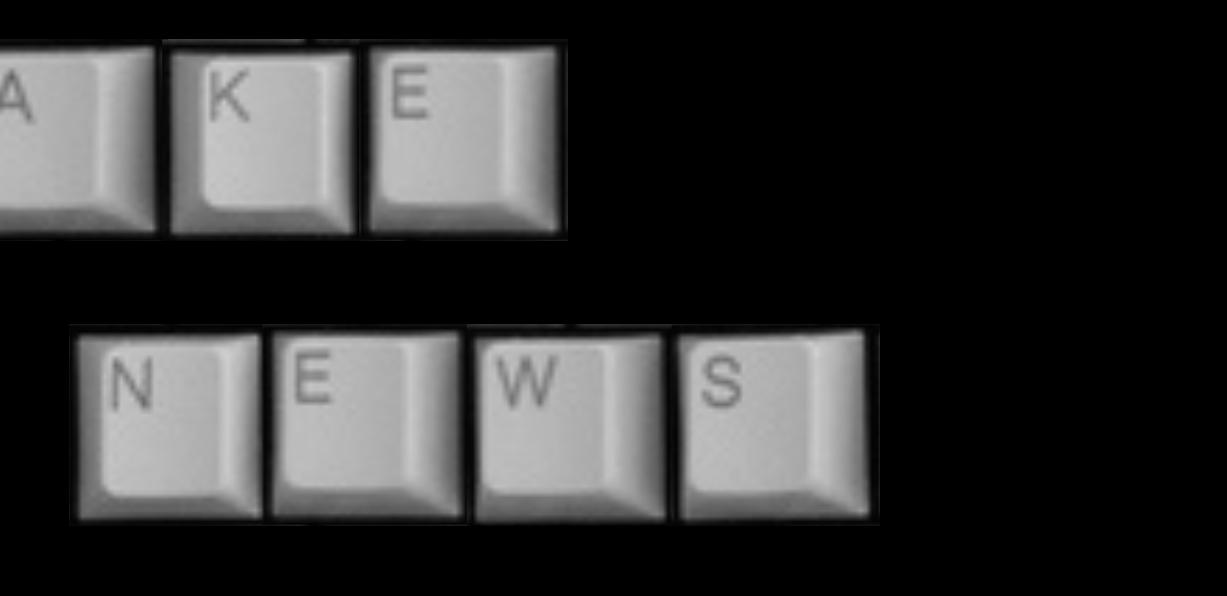
What power do audience members have in their interpretation of
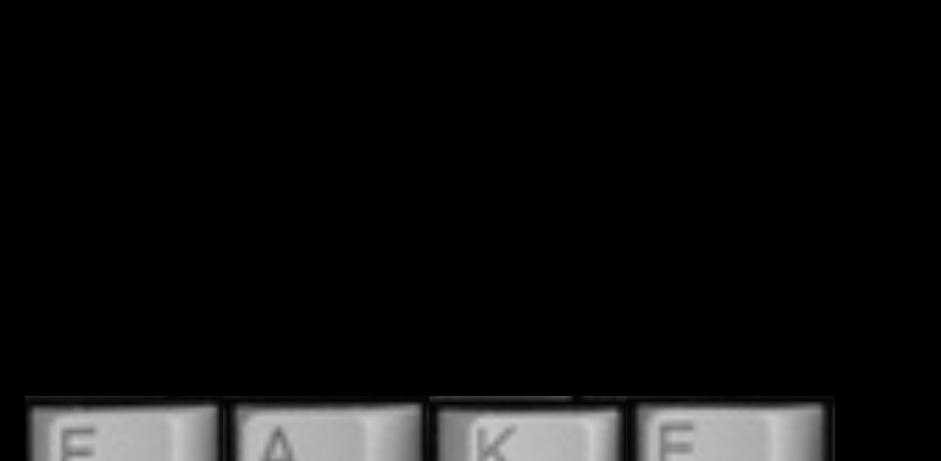
If the concept of analyzing the media you consume 24/7 is daunting to you, that makes sense!

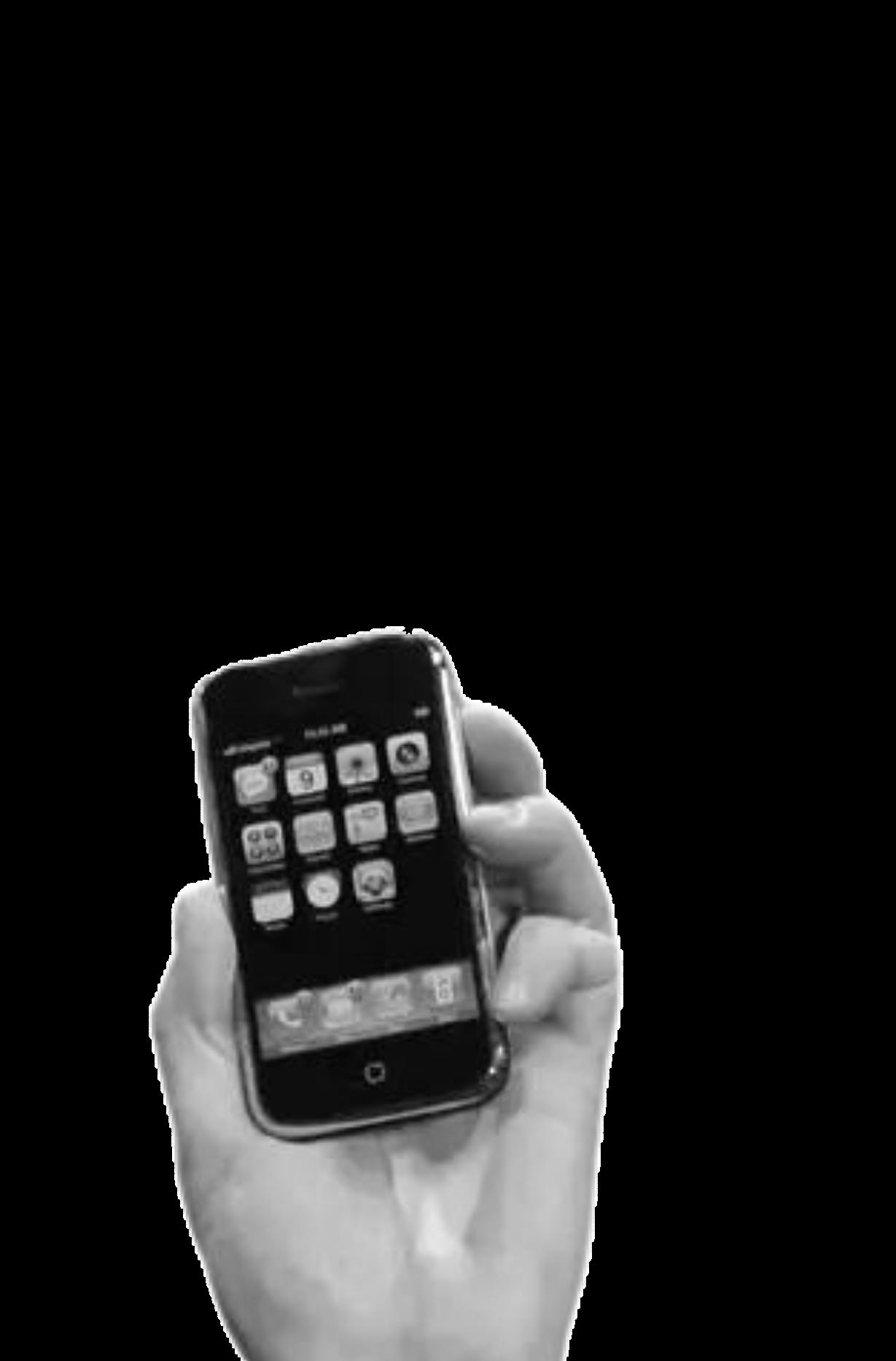
Critical thinking can be exhausting, and it’s okay to enjoy media while acknowledging that it’s not the healthiest or most nuanced portrayal of the world. Having “problematic faves” does not make you a bad person.
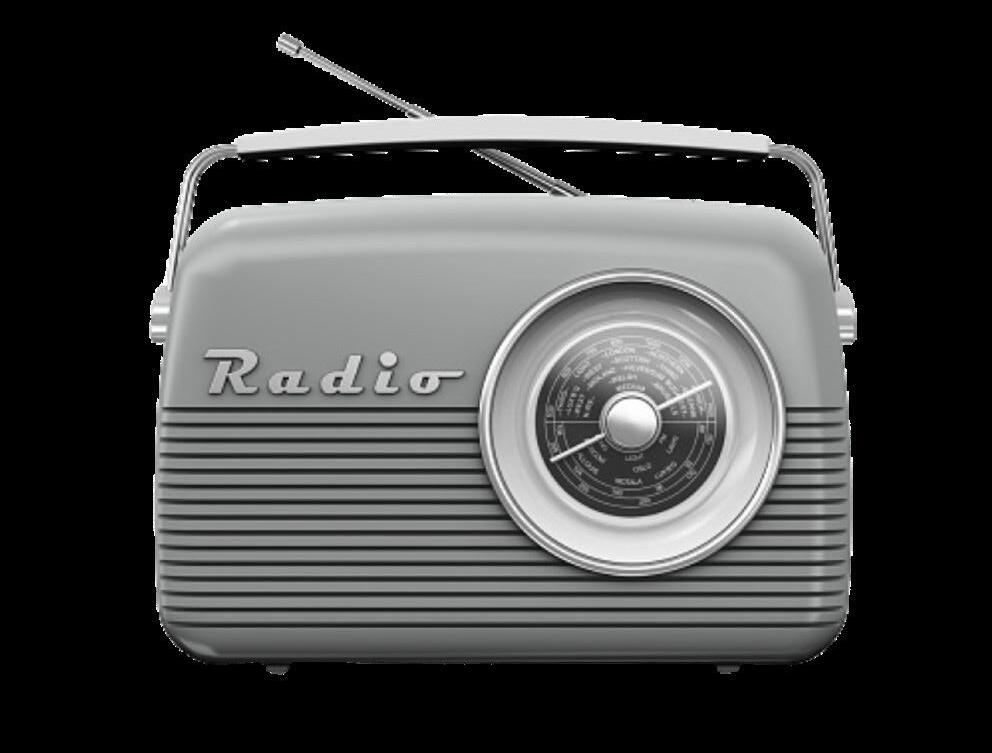
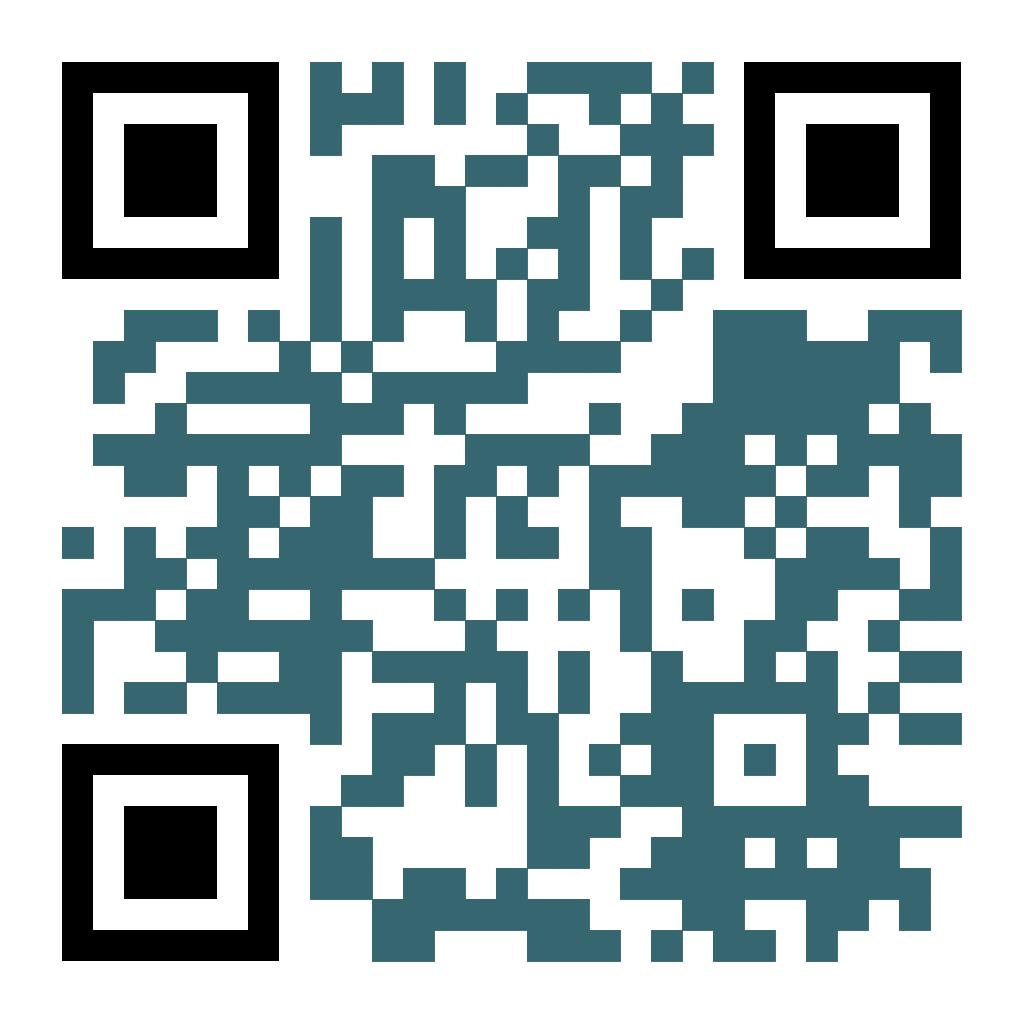
1 Definition of media literacy from the Aspen Media Literacy Leadership Institute
2 Definition of critical media literacy from the Critical Media Project
3 You’re probably spreading misinformation. Here’s how to stop from the Washington Post, 2020
4 It’s time to change the way the media reports on protests. Here are some ideas from Nieman Lab, 2020
5 It’s time to change the way the media reports on protests. Here are some ideas from Nieman Lab, 2020
6 Five key questions and core concepts of media literacy from the Center for Media Literacy
7 From the Critical Media Project
Misinformation: False or inaccurate information that is not intended to harm or mislead
Disinformation: False information that is intended to harm and mislead
Malinformation: Deliberate publication of private information for personal or corporate rather than public interest, such as revenge porn
Fake news: False or misleading information presented as news that often has the aim of damaging the reputation of a person or entity, or making money through advertising revenue
Deepfake: A convincingly edited photograph or video of a public figure saying or doing something that they did not say or do that has been shared by the creator with the knowledge that it is false
Media: Any channel of communication including art, news, educational content, social media posts and more.
Literacy: Competence or knowledge in a specified area.
Media literacy: The ability to access, analyze, evaluate and create media in a variety of forms.
Critical media literacy: Media literacy that asks the consumer to “engage with media through critically examining representations, systems, structures, ideologies, and power dynamics that shape and reproduce culture and society.”
The Women’s Center advances gender equity across identities. We educate and inspire feminist leaders, advance an empowering intellectual environment, and advocate for an equitable University culture and community. The first campusbased women's center in the country, the University of Minnesota’s Women's Center was founded in 1960 as the Minnesota Plan for the Continuing Education of Women.
64 Appleby Hall, 128 Pleasant St SE Minneapolis, MN 55455 (612) 625-9837
women@umn.edu
womenscenter.umn.edu